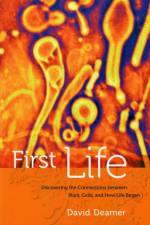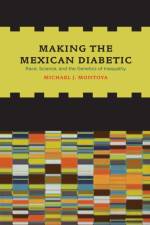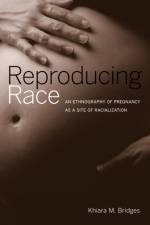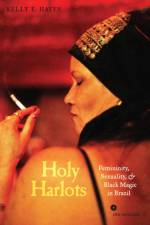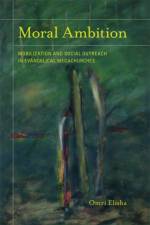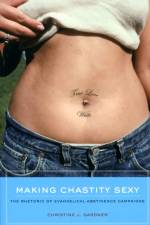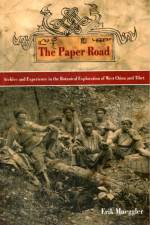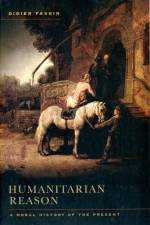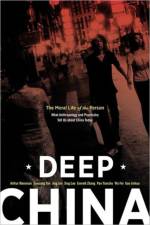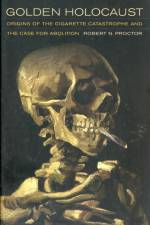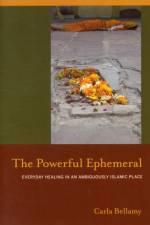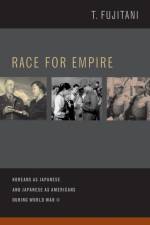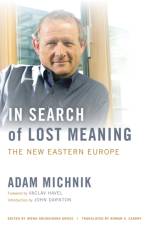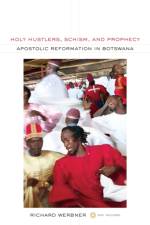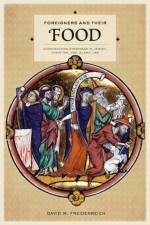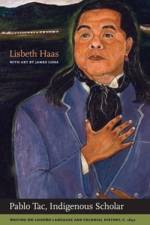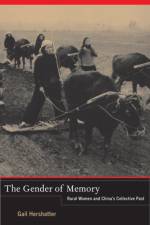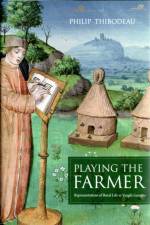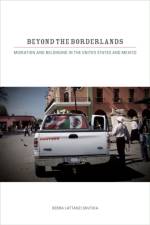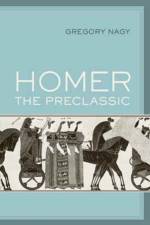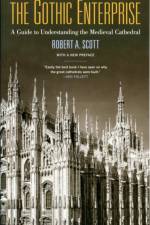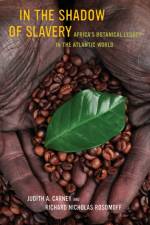- A Global Guide to the Science of the Shoreline
av Orrin H. Pilkey, William J. Neal, James Andrew Graham Cooper & m.fl.
419
Take this book to the beach; it will open up a whole new world. Illustrated throughout with color photographs, maps, and graphics, it explores one of the planet's most dynamic environments-from tourist beaches to Arctic beaches strewn with ice chunks to steaming hot tropical shores. The World's Beaches tells how beaches work, explains why they vary so much, and shows how dramatic changes can occur on them in a matter of hours. It discusses tides, waves, and wind; the patterns of dunes, washover fans, and wrack lines; and the shape of berms, bars, shell lags, cusps, ripples, and blisters. What is the world's longest beach? Why do some beaches sing when you walk on them? Why do some have dark rings on their surface and tiny holes scattered far and wide? This fascinating, comprehensive guide also considers the future of beaches, and explains how extensively people have affected them-from coastal engineering to pollution, oil spills, and rising sea levels.



